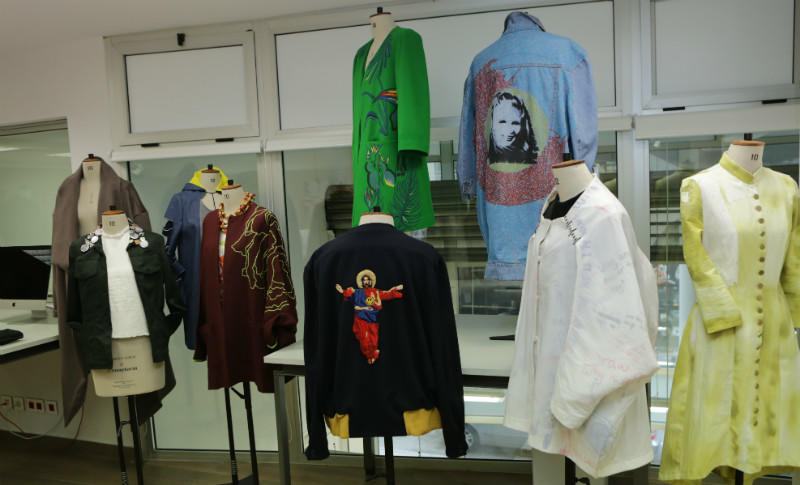Finding “Home” in a Brand
Brand addiction: when an attachment to a specific brand becomes less of a preference and more of a lifestyle.
Many consumers prefer certain brands over others when they do their shopping. Marketers know this and work to build a “brand identity” for their products, which drives sales. But what happens when a consumer’s attachment to a specific brand becomes less of a preference and more of a lifestyle?
LAU’s own Mona Mrad, assistant professor of marketing at the Adnan Kassar School of Business (AKSOB), has studied this phenomenon with Charles Cui of the University of Manchester. They call it “brand addiction” and provide insights for marketers to create products that appeal so much to individuals that they become more than just customers.
Mrad began researching the concept while studying for her PhD in marketing under Cui, her supervisor at the University of Manchester. A former fashion design student, Mrad wanted to understand what happens “when the consumer-brand relationship reaches its highest level.”
Since there was little on the topic, she began her work from the bottom. Mrad and Cui held focus groups and conducted interviews and surveys with shoppers across the UK and US, the places with the highest rates of shopping per capita. They found that those with the condition experience an emotional attachment to a brand that is similar to that one feels to their loved ones. For these addicts, Mrad says, “brands represent their actual, authentic self.”
Mrad presented several research papers on brand addiction at prestigious international conferences, and has recently published two articles in European Journal of Marketing and Journal of Business Research identifying brand addiction and exploring its attributes. She has become one of the leading scholars in the field thanks to her and her colleagues’ continuous research on the topic.
She wants to make it clear that brand addicts differ from other addicts in that they do not experience the pathological symptoms of more negative addictions, such as a loss of control, that can harm relationships. On the contrary, many have told Mrad they feel good about their lifestyle and believe it has had a positive impact on them.
“For most people, it may not be a negative thing at all,” Mrad says. “By aligning themselves with a particular brand, brand addicts feel positive emotions, like comfort and joy – like being home.”
Brand addiction does not have to be an expensive habit, either. While some brand addicts obsess over haute couture, there are people on the other end of the spectrum who have less lavish addictions, for example, to certain food or sports-equipment brands. “It is about an emotional attachment,” she says, “not a price tag.”
They also do not tend to get into trouble because of their addiction, personally or financially, she points out. “Brand addicts make it part of their lifestyle. They don’t usually feel guilty after their purchases or go into debt because of them, like shopping addicts do. They plan to purchase from their brand of choice and put money aside to pay for it.”
Still, Mrad cautions, “There is a thin line between healthy and non-healthy addictions.” For this reason, she is conducting a new study on how brand addiction can help people pull themselves out of similar, though negative, dependencies, such as shopping addiction.
As for what her research can teach marketing students, Mrad points to the techniques successful brands use to create the type of loyalty that drives brand addiction. “Brands that are successful research their customers’ tastes, market conditions and the economy. That way they can make forecasts and evolve in a careful way so that they don’t lose touch with their core customer base. But they must keep very close contact with their customers all the time.”
